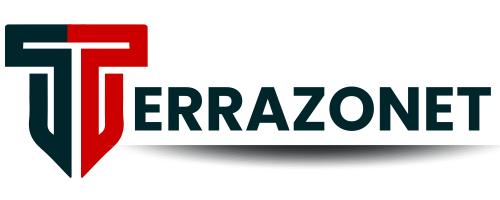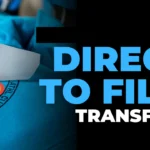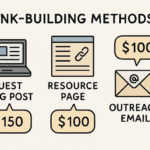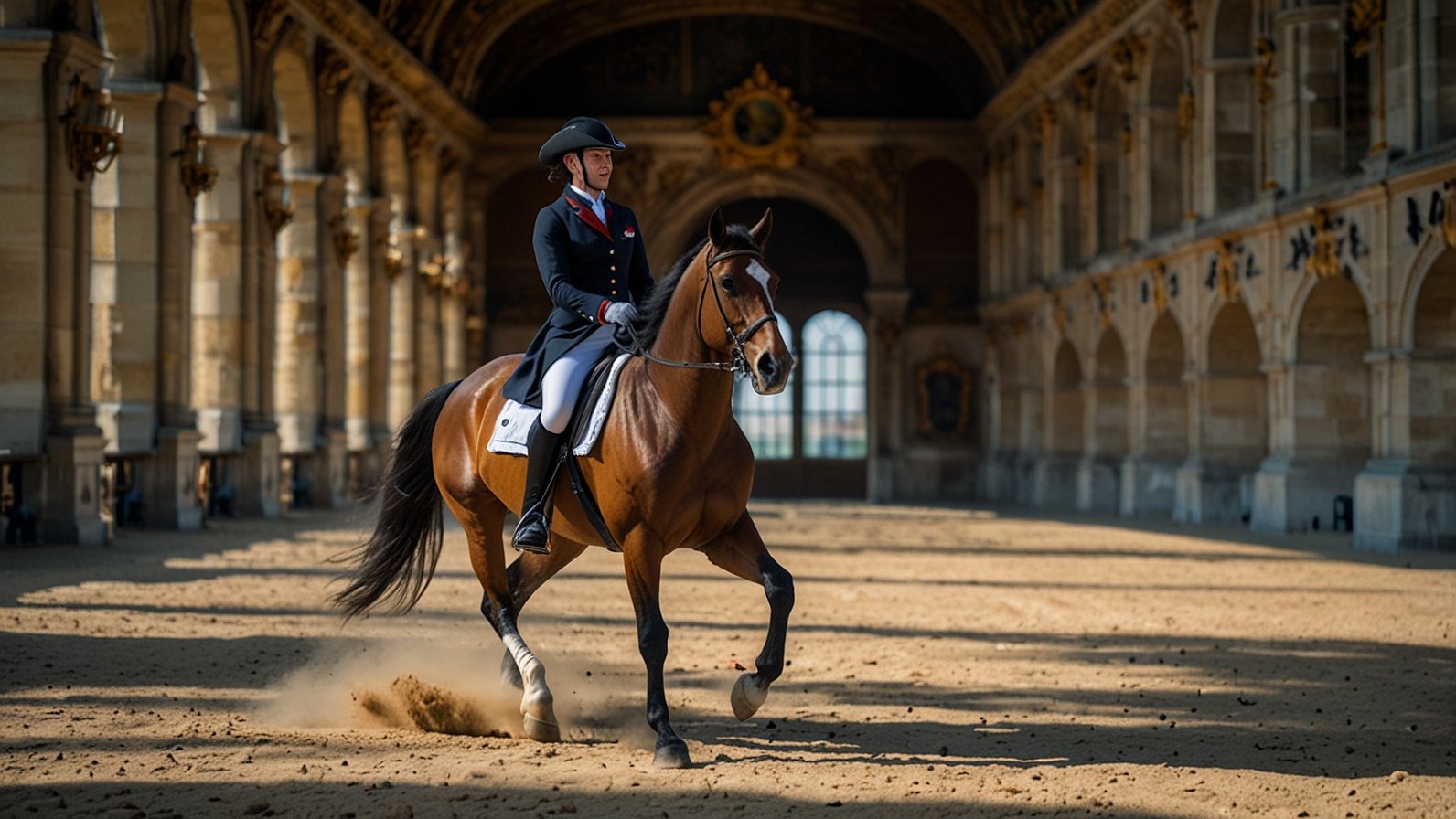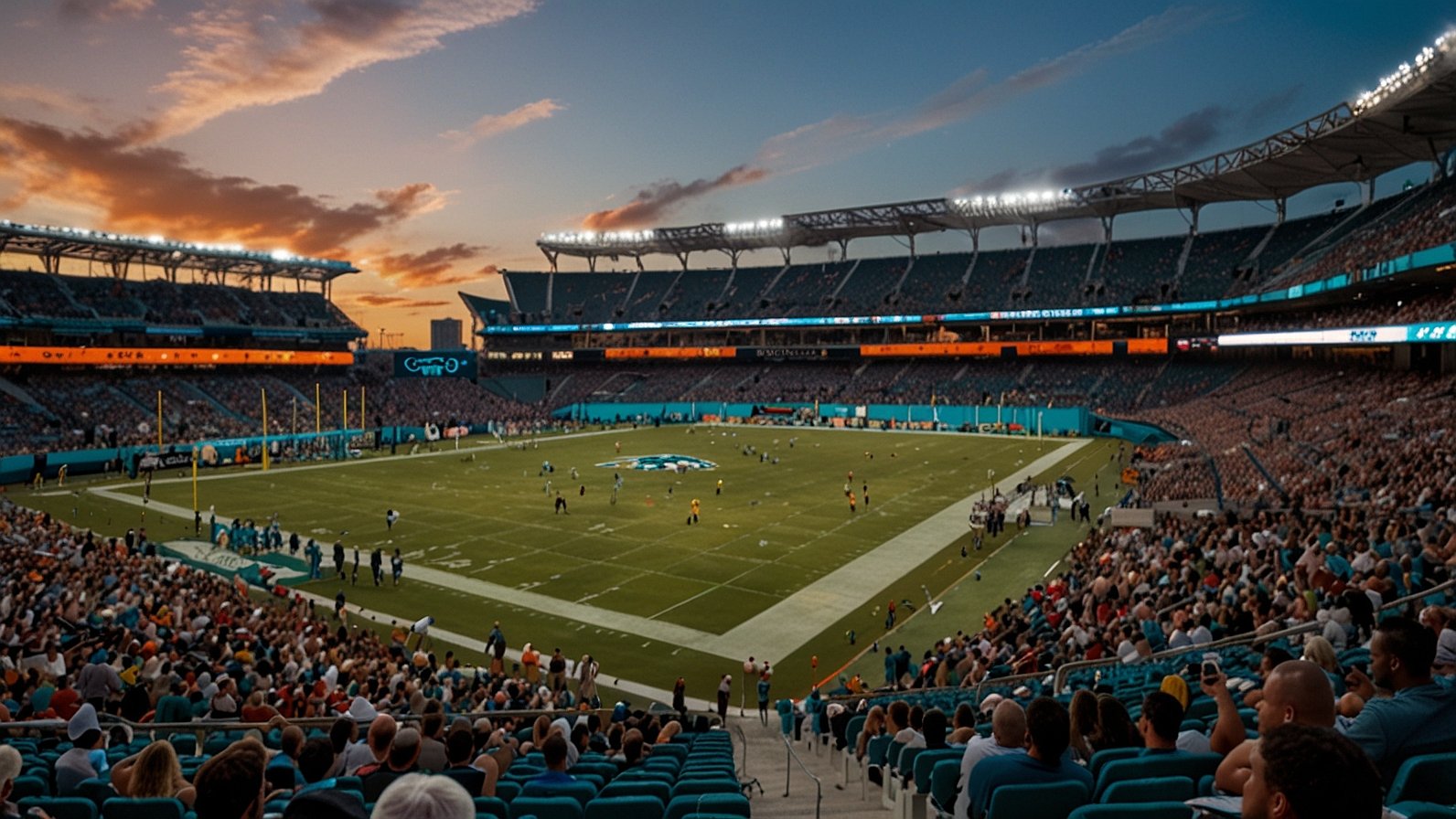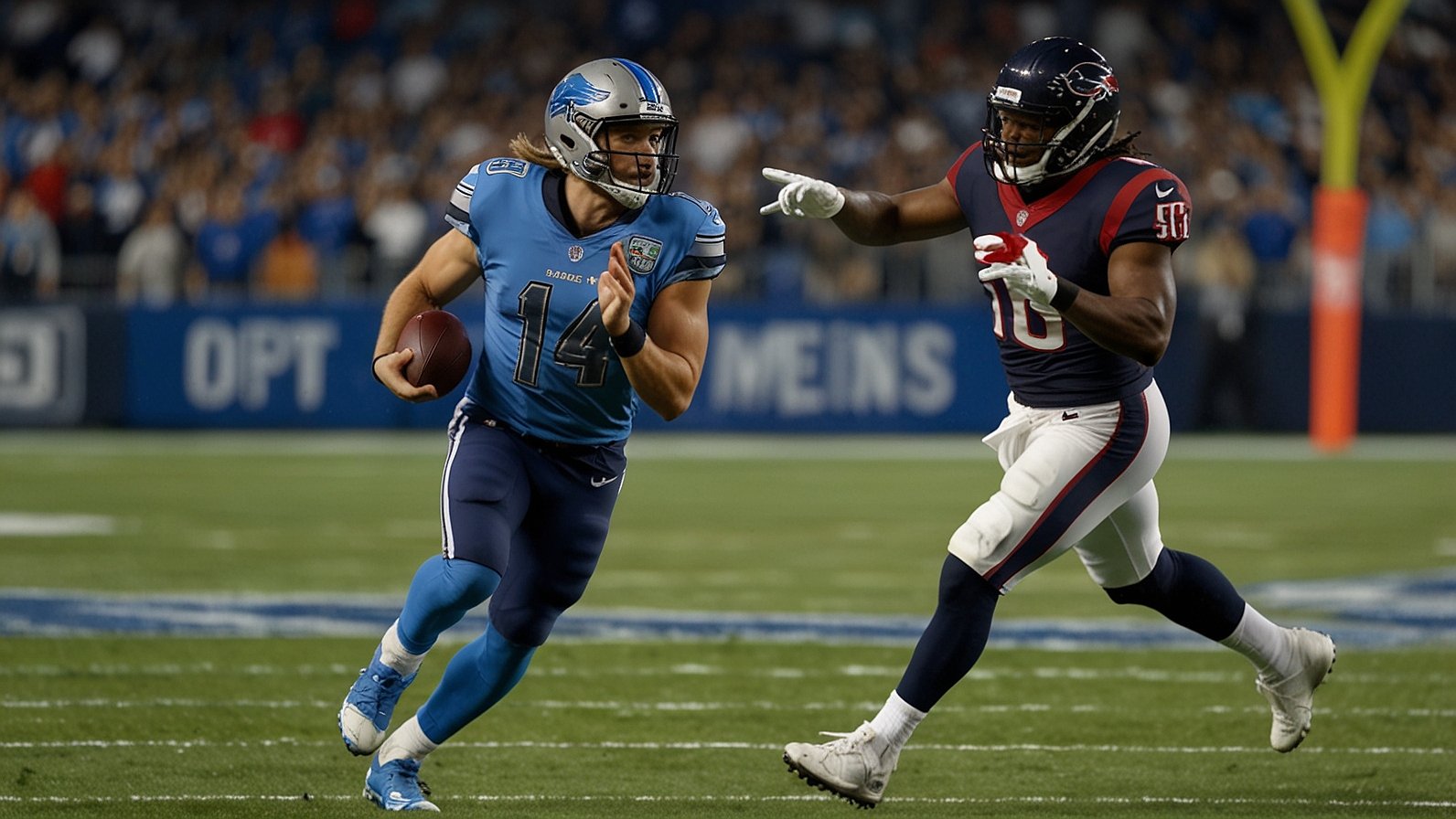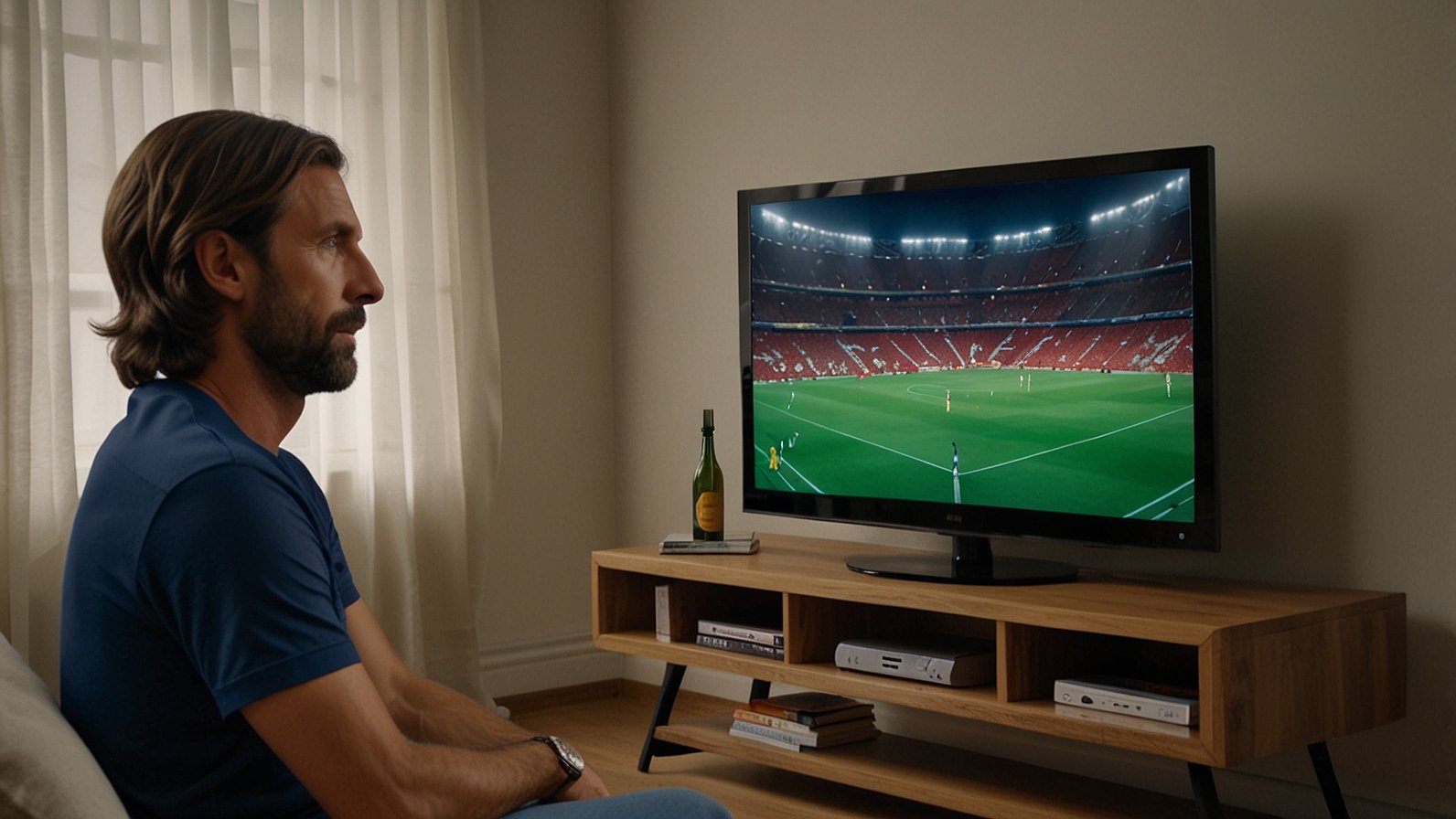Forget the roar of engines or the slam of bodies. Imagine, instead, the hushed concentration of a rider communicating with a half-ton athlete through the faintest shift of weight, the softest whisper of a rein. Now, place that intimate dance not just in any arena, but amidst the gilded splendor of the Gardens of Versailles – a place built for kings and queens. This September, history won’t just be the backdrop; it will be rewritten by the breathtaking harmony of human resilience and equine partnership at the equestrian paralympics 2024 2024. Honestly, the sheer poetry of it gives me chills.
Paris 2024 marks the ninth time para-dressage has taken centre stage at the Paralympic Games since its debut in Atlanta ’96. But this year? This year feels different. It’s not just another competition; it’s a statement. Hosting the world’s premier para-equestrian event in the shadow of the Château de Versailles isn’t just a logistical choice – it’s a powerful symbol. It screams: This sport, these athletes, belong on the grandest stage imaginable. From September 3rd to 7th, 2024, 76 extraordinary athletes (16 men, 60 women) representing 30 nations will transform these historic grounds into a global celebration of ability, artistry, and pure, unadulterated heart. Think about that for a second: Versailles, synonymous with absolute monarchy, now hosting the ultimate expression of athletic inclusion. How’s that for a plot twist?
Why Versailles? More Than Just a Pretty Backdrop
Let’s address the elephant – or rather, the noble steed – in the room. Why the Jardins du Château de Versailles? Sure, the visuals are Instagram gold, but there’s substance beneath the surface shimmer.
- Symbolism Overload: Versailles represents pinnacle achievement, artistry, and, frankly, exclusivity in its original context. Placing the Paralympic equestrian events here flips the script entirely. It embodies the Paralympic Movement’s core value: that elite athletic achievement knows no physical boundary. It declares that para-dressage deserves this level of prestige. It’s a masterstroke in visual messaging.
- Logistical Prowess: Don’t be fooled by the historical setting. The grounds offer significant space for the necessary infrastructure – multiple competition arenas, warm-up areas, stabling for around 80 horses (these equine athletes travel in serious style and comfort, trust me), vet facilities, and spectator zones. The French Equestrian Federation knows its stuff.
- An Unforgettable Spectator Experience: Imagine watching a Grade I rider execute perfect circles with their horse beneath centuries-old trees. The atmosphere promises to be unlike any other equestrian event. It’s not just sport; it’s an immersive historical and cultural moment. You’ll feel the weight of history meeting the soaring spirit of the present.
Frankly, some might argue it’s too grand, distracting even. But I say: Why shouldn’t these athletes and their incredible horses have a setting that matches the majesty of what they achieve? It elevates the entire perception of the sport.
Para-Dressage: It’s Not Just “Adapted Riding” – It’s High Art
Okay, let’s break down the actual sport, because there’s a lot of misunderstanding out there. Para-dressage is the only equestrian discipline featured in the Paralympics. And calling it “horse dancing” barely scratches the surface. It’s a profound test of athleticism, precision, trust, and communication.
The Core Principle: Riders, classified into one of five Grades (I to V, with Grade I representing the most significant physical impairments and Grade V the least), perform a series of predetermined movements (a “test”) in a rectangular arena. Judges score each movement based on accuracy, smoothness, the rider’s influence, and crucially, the harmony and partnership between horse and rider. The horse must appear willing, attentive, and seemingly reading the rider’s mind.
What Makes It Unique?
- The Classification System (The Grades): This isn’t about disability; it’s about functional ability in the saddle. Riders within the same grade have comparable levels of function, ensuring fair competition. A Grade I rider might rely heavily on voice aids due to limited limb mobility, while a Grade V rider might have milder impairments affecting coordination or strength. The system is incredibly nuanced and constantly refined.
- The “Invisible” Aids: Forget forceful kicks or heavy-handed reining. Success hinges on near-invisible cues: a subtle weight shift, a minute tensing of a calf muscle, a whisper of the voice, the energy emanating from the rider’s core. Watching a top para-dressage pair is like witnessing a silent, perfectly synchronized conversation. Ever wonder how someone with limited leg function can ask a horse for a perfect canter depart? It’s pure skill and training magic.
- The Horse: The Ultimate Equalizer: This is the great equalizer. The horse is not a piece of adaptive equipment; it’s a highly trained, sensitive partner. The rider must adapt their communication to the horse, and the horse must learn to respond to the rider’s unique aids. Finding the perfect horse-rider match is a quest akin to finding a soulmate in the sporting world. The level of trust required is immense.
The Competitions (The Medal Hunt):
- Individual Championship Test: The first qualifier, focusing on precision in set movements. Riders aim for technical perfection.
- Individual Team Test: Serves as the team competition qualifier and another individual score. Strategy comes into play for team managers.
- Individual Freestyle Test (The Crowd-Pleaser!): This is where artistry explodes. Riders choreograph routines set to music, showcasing their horse’s brilliance and their own creativity within the constraints of their grade. Think pirouettes, extended trots, and flowing sequences – all perfectly timed to the beat. This is the event that often leaves spectators breathless and emotionally wrecked (in the best way). Frankly, the freestyle tests are where the sport transcends athletics and becomes pure poetry. I’ve seen routines that tell stories more powerfully than words ever could.
- Team Competition: Nations field teams of three or four riders, often from different grades. The best three scores across the Team Tests count. It’s about national depth and consistency.
Para-Dressage vs. Olympic Dressage: More Similar Than You Think
| Feature | Paralympic Para-Dressage | Olympic Dressage | Why It Matters |
|---|---|---|---|
| Core Discipline | Dressage | Dressage | Same fundamental principles & movements. |
| Judging Criteria | Accuracy, Harmony, Rider Influence, Gaits | Accuracy, Harmony, Rider Influence, Gaits | Identical core ideals. |
| Arena | Standard 20m x 40m or 20m x 60m | Standard 20m x 60m | Same playing field. |
| Key Difference | Classification (Grades I-V) | Open Competition | Ensures fairness based on functional ability. |
| Aids | Adapted to rider’s ability | Standard leg, seat, hand aids | Focus shifts to effectiveness, not method. |
| Horse Training | Extremely sensitive & responsive | Highly trained & responsive | Para-horses often exceptionally tuned to subtle cues. |
See? Strip away the classifications, and you have the same pursuit of harmony and precision. The training principles for the horses are remarkably similar – maybe even more demanding in para-dressage, as the horse must become hyper-aware of its rider’s unique communication style. The real difference lies not in the quality of performance, but in the incredible pathways riders use to achieve it.
Also Read: UtdPlug: Your Essential Hub for Everything Manchester United in the Digital Age
The Athletes: Where Grit Meets Grace
Let’s talk about the stars. 76 riders. 30 nations. Stories of resilience that could fill libraries. These aren’t just athletes; they’re pioneers, advocates, and living proof of what’s possible.
- Diversity of Backgrounds: Impairments stem from a vast array of causes: spinal cord injuries, cerebral palsy, limb deficiencies, visual impairments, neurological conditions, and more. What unites them is the saddle and an unbreakable spirit.
- The Journey: The path to Versailles 2024 is grueling. It involves years of specialized training, finding (and funding!) the right horse – often costing hundreds of thousands – navigating complex logistics for both rider and horse, and maintaining peak physical and mental condition. The financial and logistical hurdles alone are staggering. Why do they do it? For the pure love of the partnership, the sport, and the chance to redefine limits on the world’s biggest stage.
- Ones to Watch (A Tiny Snapshot):
- Michele George (Belgium, Grade IV): A multiple Paralympic and World champion, known for her elegance and fierce competitiveness. A true legend aiming for more Paris gold.
- Roxanne Trunnell (USA, Grade I): Dominant in recent years, setting record scores with her incredible partnership with her horse. Her focus and connection are mesmerizing.
- Sanne Voets (Netherlands, Grade IV): Another decorated champion, famous for her expressive freestyles and consistent brilliance. Expect artistry.
- Lee Pearson (Great Britain, Grade II): A Paralympic icon with a staggering 14 gold medals already. Can he add more in Versailles? Never count him out. His charisma is unmatched.
- Rodolpho Riskalla (Brazil, Grade IV): A remarkable comeback story after a life-threatening illness, embodying the Paralympic spirit. His presence alone is inspiring.
These are just a handful. Every single rider stepping into the Versailles arena has a story worth hearing, a battle fought, and a dream realized simply by being there.
The Schedule & The Stakes: Your 2024 Paralympic Equestrian Calendar
Mark your calendars! The equestrian action unfolds over five intense days:
- Tuesday, September 3rd: Individual Championship Test (Grades I, II, III) – The first medals are decided! The precision phase begins.
- Wednesday, September 4th: Individual Championship Test (Grades IV, V) + Team Test (Part 1 – Grades II, III, IV) – More individual medals and the crucial team competition kicks off.
- Thursday, September 5th: Team Test (Part 2 – Grades I, V) + Victory Ceremony for Team Medals – The team podiums are decided! National pride peaks.
- Friday, September 6th: Individual Freestyle Test (Grades I, II, III) – Artistic brilliance takes centre stage. Prepare for chills.
- Saturday, September 7th: Individual Freestyle Test (Grades IV, V) + Victory Ceremonies – The grand finale. The last medals awarded in a blaze of musical harmony.
Eleven Gold Medals will be awarded across the individual and team events. Expect fierce competition, particularly from powerhouse nations like Great Britain, the Netherlands, USA, Denmark, and Germany. But watch out for emerging programs too – the global growth of para-dressage means surprises are always possible.
Beyond the Medals: The Enduring Legacy of Paris 2024
What happens after the last note fades in the Versailles gardens? The impact of the equestrian paralympics 2024 2024 will resonate far wider:
- Supercharging Visibility: The sheer grandeur of Versailles guarantees global attention. Millions will witness the skill, athleticism, and beauty of para-dressage for the first time, shattering misconceptions about disability and sport. It’s hard to watch and not be moved, frankly.
- Inspiring the Next Generation: Seeing athletes with similar impairments competing at the highest level is life-changing for young people, especially those involved in therapeutic riding programs (hippotherapy). It screams: “This could be you!” I’ve seen kids’ eyes light up watching Paralympic dressage – it plants seeds of possibility.
- Driving Participation & Development: Increased visibility translates to more interest, better funding pathways, and improved development programs worldwide. National federations invest more when they see the spotlight and success. The ripple effect is real.
- Elevating the Sport’s Profile: Positioning para-dressage alongside Olympic dressage in prestige (and in this case, an even more iconic venue!) elevates its status within the wider equestrian world and beyond. It demands respect.
- A Beacon of Inclusion: At its heart, this event is a powerful global statement about human potential, partnership, and the unifying power of sport. In a divided world, the sight of riders from 30 nations competing with grace and mutual respect is pure medicine.
The Final Canter: More Than Sport, A Testament to the Spirit
As the sun sets over the Château de Versailles on September 7th, 2024, the medals will be awarded, the anthems played, and the horses led back to their stables. But the true legacy of the equestrian paralympics 2024 2024 won’t be confined to the record books or the gilded halls. It will resonate in the hearts of everyone who witnessed it.
We’ll remember not just the flawless pirouettes or the perfect halts, but the profound connection between human and horse – a connection forged not in spite of challenge, but often because of it. We’ll remember the focus in a rider’s eyes, the power of a horse responding to the slightest ask, the eruption of joy after a personal best. We’ll remember Versailles, not just as a palace, but as a stage where the definition of athletic excellence was expanded for the world to see.
This event is a masterclass in resilience. It’s a celebration of partnership in its purest form. It’s a vibrant, living testament to the Paralympic spirit: Spirit in Motion. The journey to Paris started long ago for these riders and horses, marked by sweat, dedication, setbacks overcome, and an unwavering belief. Their performance in the Gardens of Versailles isn’t just about winning gold; it’s about showing the world the breathtaking beauty of what’s possible when ability is redefined by courage, skill, and an unbreakable bond.
So, mark those dates: September 3rd to 7th, 2024. Tune in. Witness the harmony. Feel the power. Be inspired. Because the equestrian events at the Paris Paralympics won’t just be a competition; they promise to be a moment of pure, unforgettable sporting magic. Who knows? You might just discover a new definition of grace. Will you be watching when history is made among the hedges of Versailles?
You May Also Read: The Ultimate Guide to Crackstreams 2.0: What Sports Fans Really Need to Know (And Safer Ways to Watch)
FAQs
Q: How do the different “Grades” actually work in competition?
A: Riders are classified based on their functional ability in the saddle (balance, mobility, muscle strength/coordination). Grade I riders have the most limited function, Grade V the least. Each grade has specific tests with movements tailored to be achievable and competitive within that functional level. Riders only compete directly against others in the same grade for medals. It’s about fairness, not disability type.
Q: Are the horses specially trained for para-dressage?
A: Absolutely, yes. While the fundamental training is similar to Olympic dressage horses, para-dressage mounts are often selected and trained for exceptional temperament, sensitivity, and responsiveness. They must be incredibly forgiving and adaptable, learning to interpret unique aids specific to their rider. They are true partners, not just vehicles. The bond is extraordinary.
Q: Can men and women compete against each other?
A: Yes! Para-dressage is fully integrated. Men and women compete directly against each other within their respective grades. It’s purely about skill and partnership, regardless of gender. The competition is fierce and utterly mixed on the podium.
Q: How can I watch the Equestrian Paralympics 2024?
A: Broadcast rights vary by country. Check your national Paralympic Committee website or major sports broadcasters (like NBC in the USA, Channel 4 in the UK, France Télévisions, etc.). Extensive coverage is also expected on the official Paralympic Games website (paris2024.org) and their YouTube channel. Set reminders!
Q: What makes the Freestyle test so special?
A: It’s where technical mastery meets artistic expression. Riders choose their own music and choreograph a sequence of movements showcasing their horse’s strengths and their unique partnership. The music must match the horse’s rhythm and gaits. Judges score technical merit and artistic impression. It’s the most emotional and visually stunning event – pure sporting theatre.
Q: Has para-dressage changed much since its Paralympic debut in 1996?
A: Dramatically. The level of horsemanship, technical difficulty, and athleticism has skyrocketed. Classification has become much more refined and scientific. The depth of competition globally is vastly greater. It’s evolved from a participation-focused discipline to a genuinely elite, high-performance sport. The journey has been incredible to witness.
Q: How can someone get involved in para-equestrian sport?
A: Contact your national equestrian federation or a local accredited Riding for the Disabled Association (RDA) / Para-Equestrian group. They offer programs from therapeutic riding through to high-performance pathways. You don’t need your own horse to start! Many centers provide suitable, well-trained horses and expert instruction.
